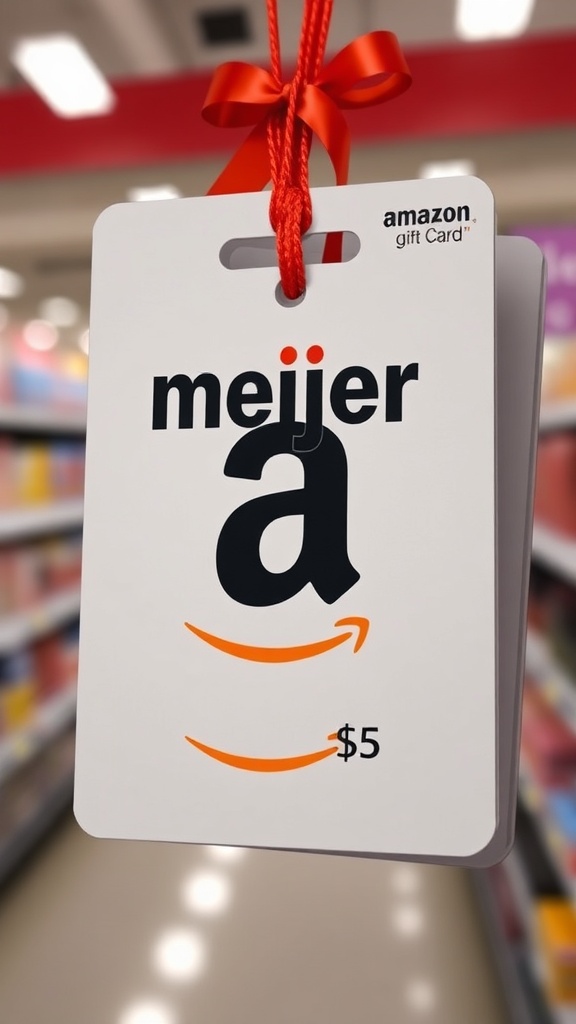Strategies for Success: How to Become an Affiliate Marketer on Pinterest
Are you looking to tap into the massive potential of Pinterest for affiliate marketing? You’re not alone! Pinterest is a visual discovery platform where millions of users search for inspiration, ideas, and products every day. This offers an incredible opportunity for affiliate marketers. Here are some strategies to help you succeed as an affiliate marketer on Pinterest.
Understand Your Audience
The first step in affiliate marketing on Pinterest is to understand your audience. Research what interests them, the type of content they engage with, and what products they are likely to purchase. Utilize Pinterest’s built-in analytics tools to gauge engagement metrics. Knowing your audience will help you create relevant and appealing content.
Create Compelling Pins
Your pins must stand out on Pinterest. Here are some tips to create compelling pins:
- Use High-Quality Images: Pins with bright colors and high-resolution images attract more attention.
- Add Text Overlay: Include engaging text on your images to explain what you’re offering.
- Maintain a Consistent Brand Identity: Use consistent colors and fonts across all your pins to strengthen your brand recognition.
Utilize Rich Pins
Rich Pins automatically sync information from your website to your Pinterest Pins. There are three types: product, recipe, and article. For affiliate marketing, product Rich Pins can be especially useful since they show real-time pricing and availability. To use Rich Pins:
- Apply for Rich Pins: Go to the Pinterest Developer Site and follow the instructions to get started.
- Verify Your Website: You’ll need to use a meta tag or upload an HTML file to establish verification.
Engage with Your Audience
Engagement is key to growing your presence on Pinterest. Respond to comments and messages to build a relationship with your followers. Join Pinterest group boards to connect with other creators and reach a wider audience. Collaborating with others can expose you to new followers who are interested in similar content.
Optimize Your Pins for SEO
Just like traditional SEO, optimizing your pins for Pinterest is essential. Here’s how:
- Keyword Research: Use Pinterest’s search bar to find popular keywords related to your niche. Look for phrases that users are actively searching for.
- Craft Descriptive Descriptions: Write meaningful descriptions with incorporated keywords. This helps your pins appear in more searches.
- Include Hashtags: Use relevant hashtags to categorize your pins, making them easier to find.
Track Your Performance
Monitoring your success is crucial for refining your strategies. Use Pinterest analytics to see which pins drive traffic and conversions. Keep an eye on click-through rates and conversions from your affiliate links. This data will help you determine what works and what doesn’t.
Know the Rules of Affiliate Marketing
Familiarize yourself with Pinterest’s guidelines regarding affiliate marketing. Ensure you disclose your affiliate links properly. According to the Federal Trade Commission (FTC), users must know when they are clicking on affiliate links. Transparency builds trust and enhances your reputation.
Join Affiliate Programs
Choose the right affiliate programs that align with your niche. Popular affiliate networks include Amazon Associates, ShareASale, and Commission Junction. Evaluate the commission rates and compensation structures before signing up. Pick a couple of programs to start and expand as you gain experience.
Share Valuable Content
Focus on providing value to your audience. Create content that not only advertises products but also educates or entertains. Tutorials, how-to guides, and reviews can attract more engagement and clicks. When users trust your content, they’re more likely to try the products you recommend.
Becoming an affiliate marketer on Pinterest isn’t just about posting links. It requires strategy, creativity, and understanding your audience. With these techniques, you will be well on your way to tapping into the powerful consumer base of Pinterest!
Best Practices for Creating Engaging Pins that Drive Affiliate Sales
Creating engaging pins that drive affiliate sales on Pinterest is essential for anyone looking to succeed in this dynamic platform. Whether you’re a beginner or experienced affiliate marketer, understanding how to craft attractive pins can significantly enhance your marketing results. Here are some tested practices to help you make the most of your affiliate links through Pinterest.
Focus on Eye-Catching Visuals
Your pins need to grab attention immediately. Here are tips for creating compelling visuals:
- High-Quality Images: Utilize high-resolution images that reflect the product or service you are promoting. Blurry or pixelated images can turn users away.
- Vertical Format: Pinterest favors vertical pins, ideally in a 2:3 ratio. This format not only looks better but also takes up more real estate in users’ feeds.
- Text Overlay: Add eye-catching text on your images. This should be succinct but descriptive, giving users a clear idea of what they’ll find when they click.
Use Rich Pins
Rich pins are an incredibly useful tool for affiliate marketers. These pins provide more context about an idea because they include extra information directly on the Pin. Here’s why you should consider them:
- Automatic Updates: Rich pins automatically sync information from your website. This means your pins will be updated with the latest product prices or availability.
- Credibility: They provide more information, lending credibility and encouraging users to click, which is essential for affiliate marketing.
- Easy to Set Up: Rich pins are easy to set up. You can find guides on the Pinterest website to get started.
Optimize Pin Descriptions with Keywords
Like any other social media, Pinterest is also a search engine. Optimizing your pin descriptions with relevant keywords is critical for visibility:
- Keyword Research: Before pinning, do some keyword research. Use Pinterest’s search bar to see what phrases come up when you enter your niche keywords.
- Natural Integration: Seamlessly integrate your keywords into your descriptions. Aim for a conversational tone that appeals to your target audience.
- Call to Action: End descriptions with a compelling call to action. Encourage users to check the link for exclusive deals or more information.
Pin Consistently
Timing and regularity are key. Here’s how to multiply your engagement:
- Regular Pins: Make it a habit to pin regularly. Utilize Pinterest scheduling tools to plan your pins in advance.
- Seasonal Pins: Create content that aligns with seasons, holidays, or trends. Timely content often sees higher engagement.
- Join Group Boards: Being part of these boards can expose your pins to larger audiences than your own boards.
Engage with Your Audience
User engagement can boost your pin’s visibility:
- Respond to Comments: Engage with users who comment on your pins. Responding fosters a sense of community and encourages more interaction.
- Create Polls or Questions: Make your content interactive by asking questions or creating polls. This pulls users in and encourages them to engage.
Track and Analyze Your Performance
To improve your efforts continually, consider tracking your performance:
- Pinterest Analytics: Use Pinterest’s built-in analytics tool to monitor your pins’ performance. Focus on what resonates with your audience.
- A/B Testing: Experiment with different pin designs and content types. This allows you to identify which approaches yield the best results.
Remember, the ultimate goal of your Pinterest strategy is to drive affiliate sales. By following these best practices for creating engaging pins, you’ll be well on your way to maximizing your affiliate marketing potential on Pinterest. With patience and creativity, you can transform your affiliate marketing strategy and achieve your goals.
Conclusion
Mastering the art of affiliate marketing on Pinterest requires a thoughtful approach and consistent effort. By utilizing effective strategies, you position yourself for success in this vibrant visual platform. Start by choosing the right niche that resonates with your interests and the audience you want to engage. This will not only make your content authentic but also help you attract the right followers who share your passion.
Creating captivating Pins is equally crucial. Focus on eye-catching images combined with compelling descriptions that invite users to take action. Utilize relevant keywords in your pin descriptions to improve their visibility, ensuring they reach a wider audience. Make use of Pinterest’s rich Pins feature to provide additional context, offering value to potential buyers.
Additionally, remember the importance of engagement. Respond to comments and interact with your followers to build relationships and trust. This engagement transforms your passive followers into active customers who are more likely to make a purchase through your affiliate links.
Ultimately, success in affiliate marketing on Pinterest lies in a blend of creativity, strategy, and genuine interaction. As you refine your techniques and adapt to the evolving Pinterest landscape, you’ll not only enhance your affiliate marketing skills, but you’ll also foster a community that supports your journey. Embrace these practices, and watch as your affiliate sales flourish over time.




